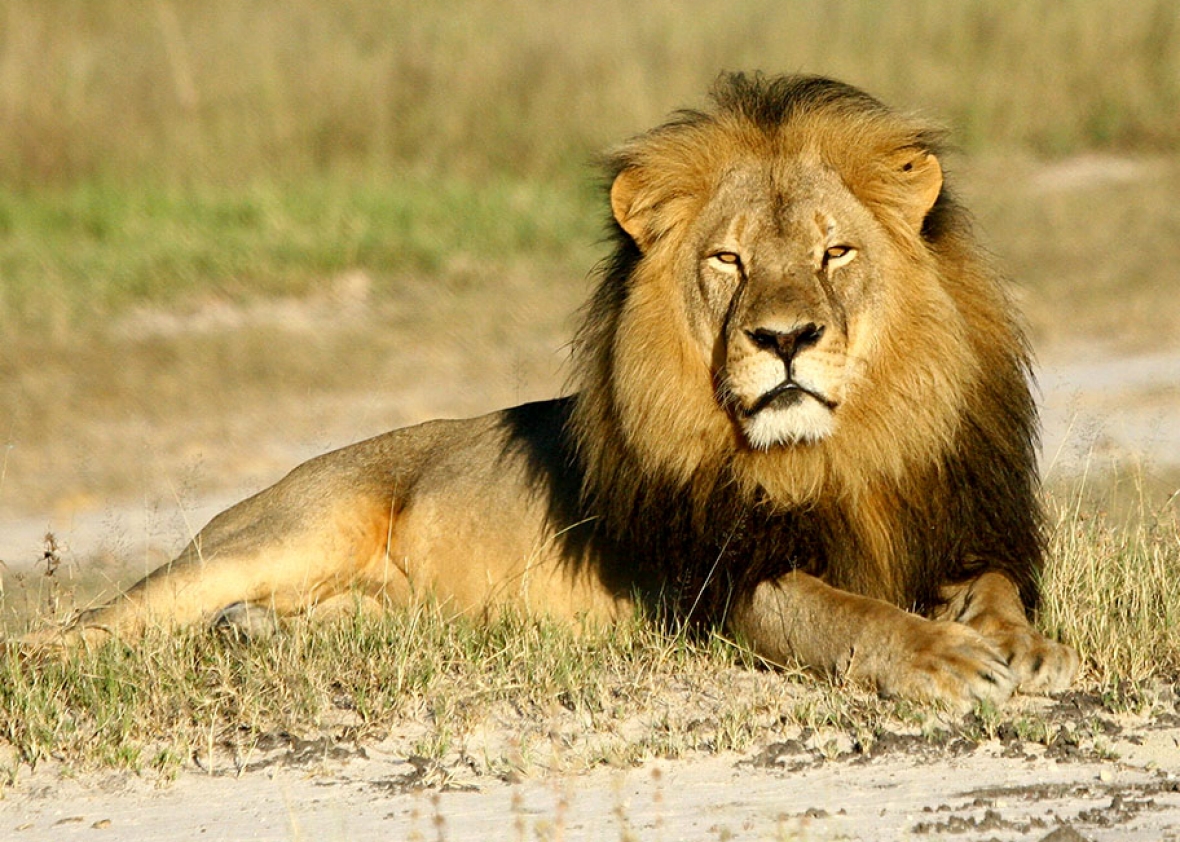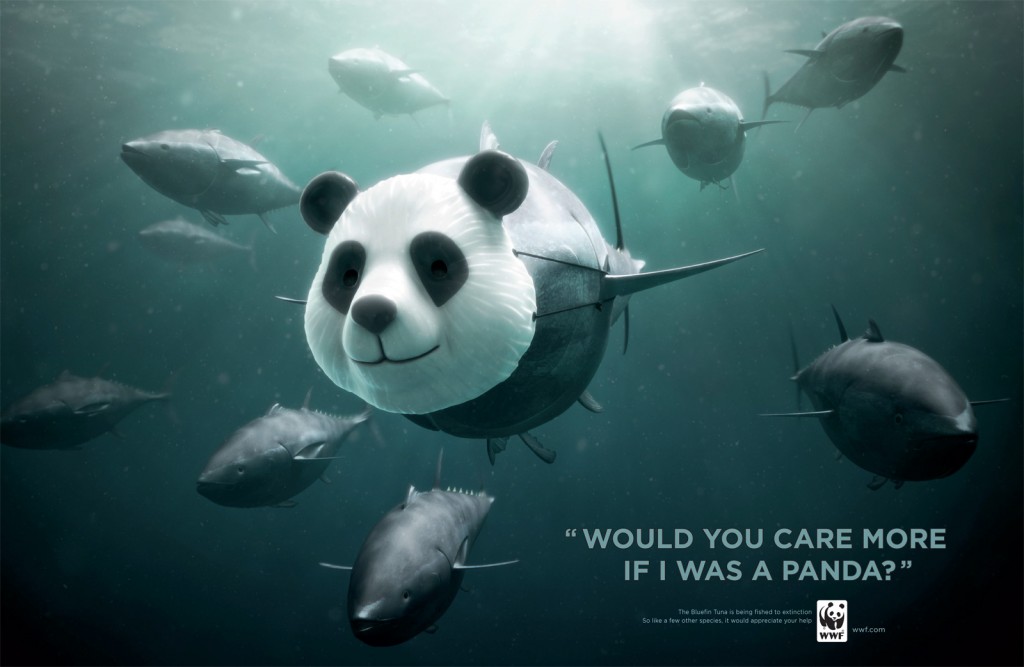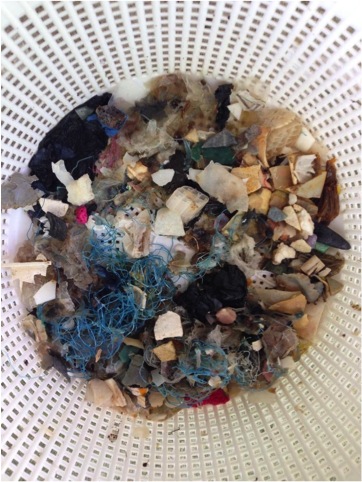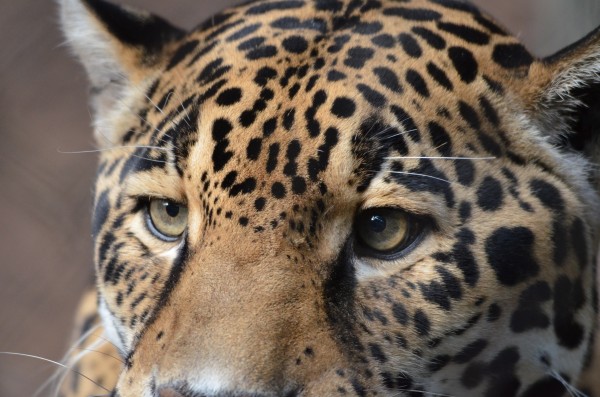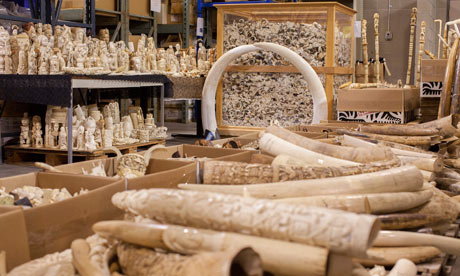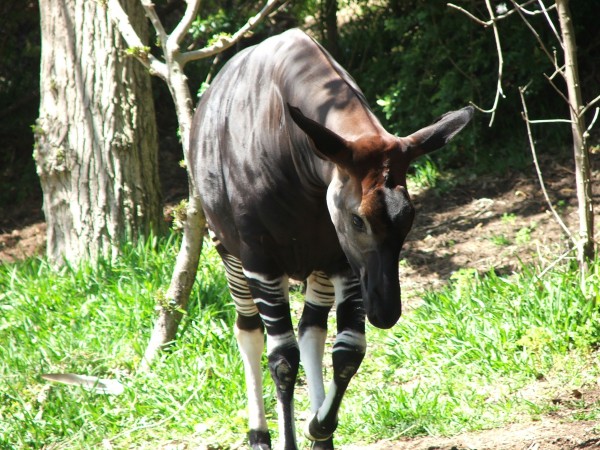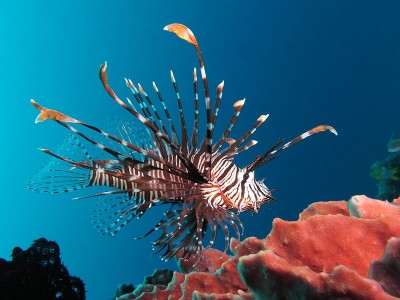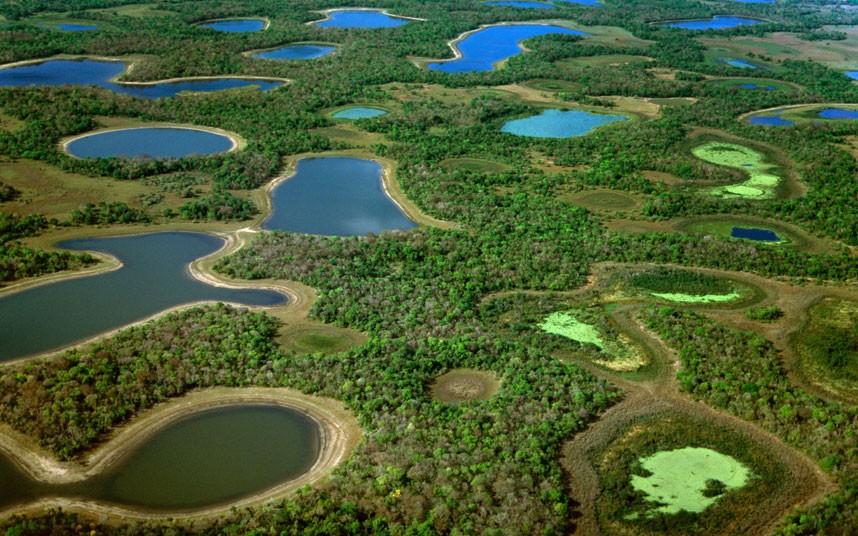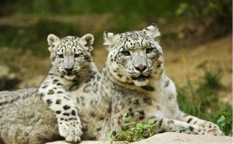Another year has come and gone. Like those years preceding, 2015 has witnessed both heartbreak and achievements in conservation. As we reflect back, it is important to find the positive in the saddest of situations, learn from them, and apply the knowledge gained to help in the new year. The death of the King of Hwange, Cecil, brought trophy hunter to center stage. Through his tragic end, Cecil became a voice for Lions. Not only did the world listen they too spoke out asking how and why this could have happened. Demanding justice. In response, the United States listed one …
A New Year of Hope for Wildlife Conservation

